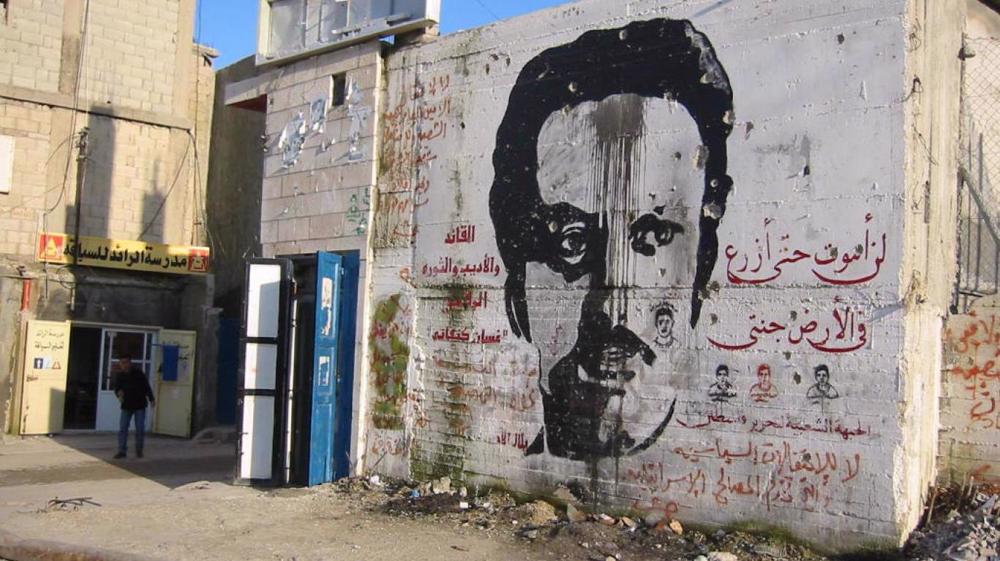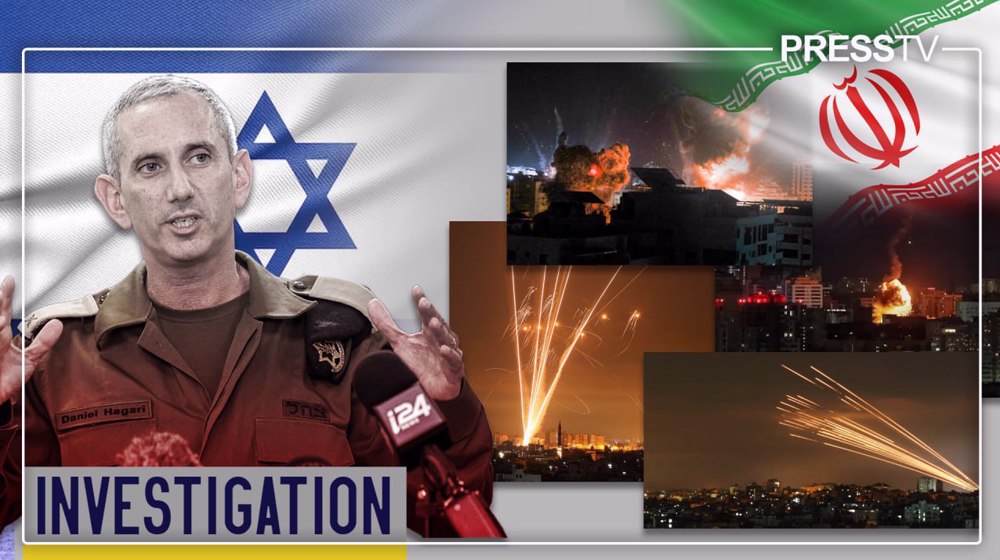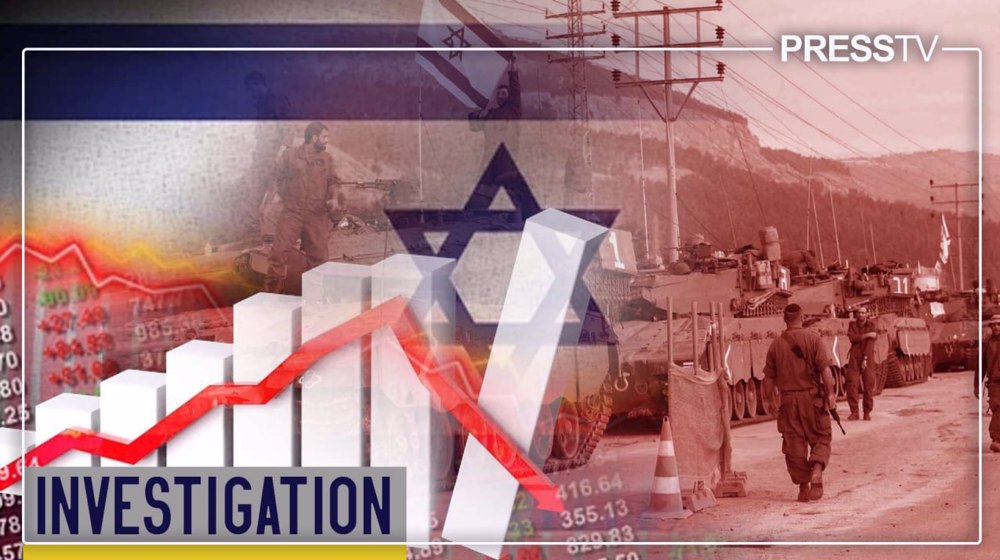July 8 marks 50th martyrdom anniversary of Palestinian resistance icon Kanafani
By Mehdi Ebrahim
July the eighth is reminiscent of the 50th martyrdom anniversary of a Palestinian resistance icon, activist and novelist who was brutally assassinated in the Lebanese capital of Beirut with a bomb planted in his car by Israel's Mossad spy agency.
Ghassan Fayiz Kanafani was born in 1936 in the city of Akka, located in the northern part of the occupied territories.
Born in a family of ten and as the third child, Ghassan studied at the renowned College des Freres, a French Catholic missionary school in the Yafa neighborhood, but was unable to complete his education there. The Israeli occupation of Palestinian land forced the 12-year-old into exile along with hundreds of thousands of Palestinians during the 1948 Nakba.
Ghassan and his family settled in the Syrian capital of Damascus together with many other Palestinian refugees. He managed to complete his secondary education there and worked as an art teacher in schools run by the UN Relief and Works Agency (UNRWA) in 1953.
It was around this time that Ghassan acquired more political awareness after meeting the Palestinian revolutionary George Habash, and began to write short stories and opinion pieces, producing some of the Arab world's most celebrated works of fiction, including Men in the Sun and Return to Haifa.

Kanafani’s mentality was profoundly impacted by Habash’s nationalist and revolutionary ideology, and it was him who convinced Ghassan to start writing for Kuwait’s Al-Rai newspaper.
Habash founded the Palestinian resistance group, Popular Front for the Liberation of Palestine (PFLP), in the early 1960s and Kanafani served as the group's spokesman and the editor of its weekly magazine, Al-Hadaf.
In Beirut on July 8, 1972, the 36-year-old Kanafani was assassinated by the Israeli Mossad for his membership of the PFLP and after he was accused by the occupying regime of having links to three members of the now-disbanded Japanese Red Army, who perpetrated an operation at Israel’s Lod Airport (later renamed Ben Gurion Airport).
Kanafani and his 17-year-old niece, Laees Najim, got into his car and after turning on the ignition, he triggered a car bomb that claimed the lives of the pair. Mossad later claimed responsibility for the assassination.
#القدس_عاصمة_فلسطين_الأبدية
— Leila Samani - لیلا سامانی (@LeilaSamani) December 6, 2017
گفت و گوی با اسراییل، گفتگوی شمشیر و گردن است
مصاحبه غسان کنفانی، نویسنده نامدار فلسطینی با ریچارد کارلتون. بیروت 1970.
کنفانی سی و شش ساله بود که با انفجار بمبی در اتومبیلش ترور شد. pic.twitter.com/PfaFBMl3fC
The Palestinian resistance icon had invariably denied participation in the Israeli airport attack and rejected the idea of any peace negotiations with the Quds-usurping regime.
When asked why Palestinians do not "just talk" to the Israelis, Kanafani once responded, "Talk to whom?" and continued, "That’s the kind of conversation between the sword and the neck."
Remembered as one of Palestine's most influential intellectuals, Ghassan is highly acclaimed for his literary skill and splendid portrayal of the Palestinian cause. His stories laid the ground work for Palestinian authors and other literary luminaries who helped develop his lofty concept of "resistance literature.”
Lebanon’s The Daily Star newspaper commended Kanafani in its obituary as a “commando who never fired a gun, whose weapon was a ballpoint pen, and his arena, newspaper pages.”
Mehdi Ebrahim is a news writer at Press TV news network.
VIDEO | Iran president visits Lahore, Pakistan’s cultural hub
North Korea: US military drills drive regional security into turmoil
UN agency chief for Palestinians urges probe into staff killings
200 days of Israeli war on Gaza and 200 headlines whitewashing genocide
VIDEO | 200 days of US-Israeli genocide
Iran’s security chief in Russia to underline Israel’s aggression
VIDEO | Smoke rises from Gaza as fighting continues
ICRC decries escalating Israeli raids across occupied West Bank










 This makes it easy to access the Press TV website
This makes it easy to access the Press TV website